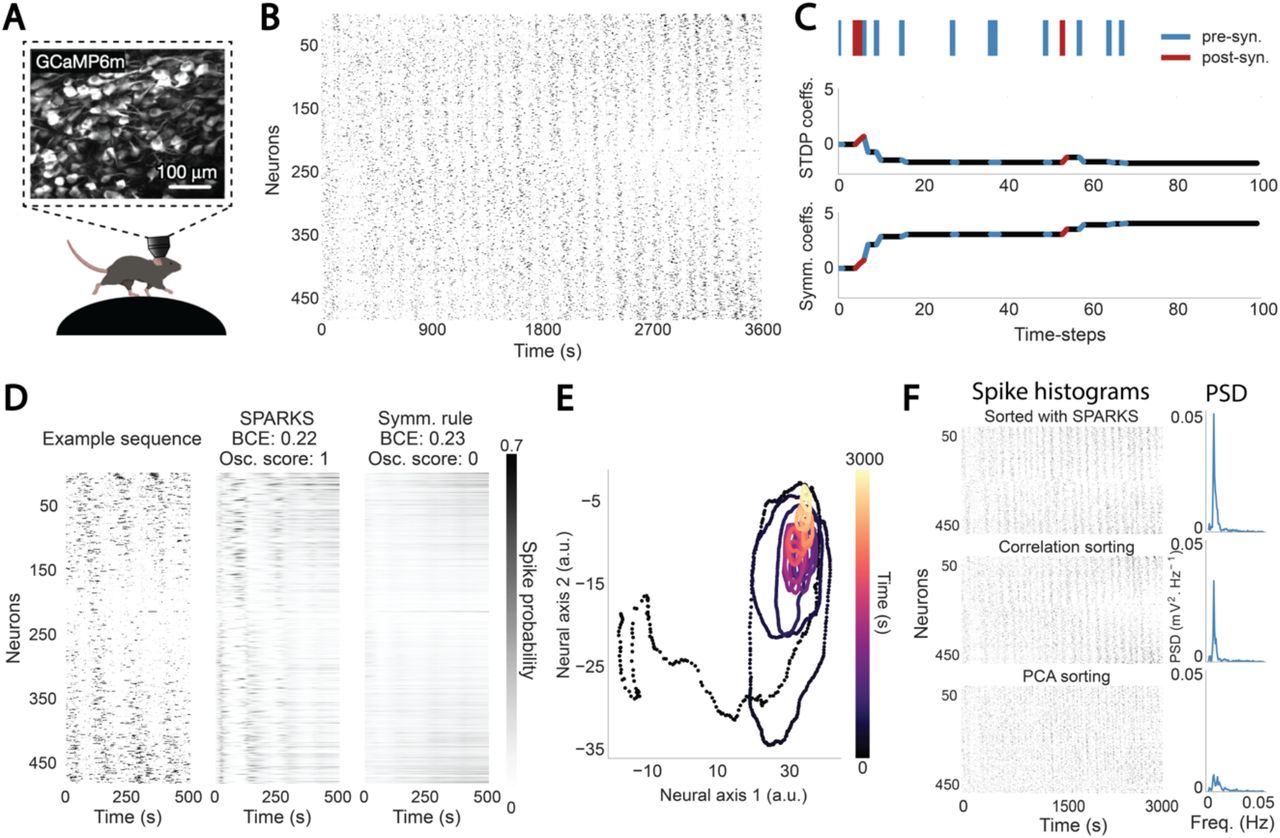
Beyond the Traditional Five Senses: The Broadening Realm of Sensory Awareness
When we mention senses, most of us instantly think of the classic five: vision, hearing, aroma, taste, and touch. These well-known senses aid us in navigating our everyday experiences and comprehending our environment. Yet, scientific studies unveil a far more intricate reality. Although the “big five” are undeniably important, humans actually have more than just these fundamental senses — and numerous animals have developed to utilize even more specialized senses.
So, how many senses exist? Some researchers advocate for a minimum of nine, whereas others propose that the number could reach into the dozens, depending on one’s interpretation of a “sense.”
Let’s delve into some intriguing lesser-known senses present in humans and animals that extend well beyond our educational teachings.
1. Proprioception & Kinesthesia: Awareness of Your Position
Have you ever managed to walk through a dark space without colliding with objects? That’s, in part, due to proprioception — the ability to perceive your body’s position in space. Closely linked is kinesthesia, which enables you to sense movement and coordinate physical actions.
These senses depend on muscle spindles — nerve endings found in your muscles that respond to stretch and motion. This data is transmitted to the brain and spinal cord, helping you maintain balance, walk, and execute complex movements without needing to visually track every action.
2. Nociception: The Detection of Pain
Pain transcends mere sensation – it serves as an essential survival mechanism. Referred to scientifically as nociception, this sense allows the body to identify tissue damage. Specific nerve endings known as nociceptors notify the brain when injury occurs, enabling you to swiftly respond and avert additional harm, such as retracting your hand from a hot surface.
3. Thermoception: Sensing Temperature Extremes
Temperature perception, or thermoception, pertains to the ability to sense heat and cold. Specialized nerve cells termed thermoreceptors communicate temperature variations to the brain. Interestingly, signals for temperature and pain often share similar nerve pathways — which is why making contact with something extremely hot or cold can result in a painful experience.
4. Balance and Equilibrium: Functioning of the Vestibular System
Your inner ear does more than just assist with hearing; it plays a crucial role in maintaining balance. The vestibular system, situated in each ear, contains three fluid-filled semicircular canals that detect changes in motion and orientation. When you tilt your head or suddenly move, the fluid shifts, bending tiny hair cells, which send signals to the brain to help sustain stability and posture.
5. Echolocation: Navigating with Sound
Although humans primarily depend on sight for navigation, some animals utilize echolocation — a proactive way of sensing the environment through sound. Bats, dolphins, and certain whales emit sound waves that bounce off surfaces and return as echoes. By interpreting these echoes, they can create a mental representation of their environment in complete darkness or murky waters.
Remarkably, a number of visually impaired individuals have trained themselves to echolocate. By producing clicking sounds and analyzing the echoes they receive, they can identify walls, doorways, and even nearby items without relying on sight.
6. Electroreception: Sensing Electric Fields
Electroreception refers to the capacity to perceive natural electrical signals — a sense primarily observed in aquatic creatures like sharks, rays, and various fish. These animals employ electric field receptors, such as the ampullae of Lorenzini found in sharks, to detect the faint electrical impulses given off by the muscles and nerves of possible prey.
Bees also demonstrate electroreceptive skills. They can perceive electric fields surrounding flowers, which aids them in locating nectar-rich plants.
7. Magnetoreception: Guiding Navigation via Earth’s Magnetic Field
Another remarkable sense utilized by various animals — including migratory birds, sea turtles, and bees — is magnetoreception. This allows animals to sense Earth’s magnetic field and navigate using it as a compass for migration or long-distance journeys.
The precise biological mechanisms are still under investigation, but two primary theories involve light-sensitive proteins known as cryptochromes and magnetic particles like magnetite located in sensory cells. Intriguingly, research suggests that humans might also react to magnetic fields, although our sensitivity appears to be subconscious and less developed compared to other species.
Are Humans Confined to Just Five Senses?
Clearly not. With proprioception, pain detection, temperature perception, balance, and possibly echolocation or magnetoreception, humans possess significantly greater sensory abilities than merely the five basic senses. Depending on their definitions and methods of counting, scientists estimate that humans have anywhere from 9 to more than 20 unique senses. These encompass internal sensations (like hunger and thirst) as well as external, environmental sensing capabilities such as balance and temperature.
And with the ongoing exploration into how both humans and animals perceive the world around them, we may be on the verge of uncovering even more.
Conclusion
While the five fundamental senses aid us in interpreting much of our reality, they represent only a fraction of the incredible spectrum of perceptions found in nature. From the electric